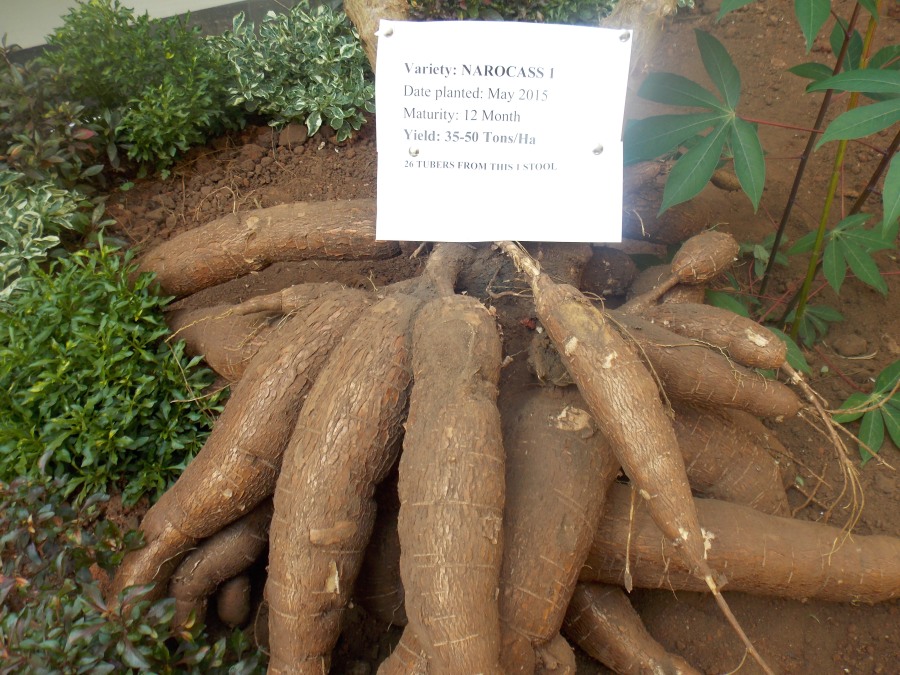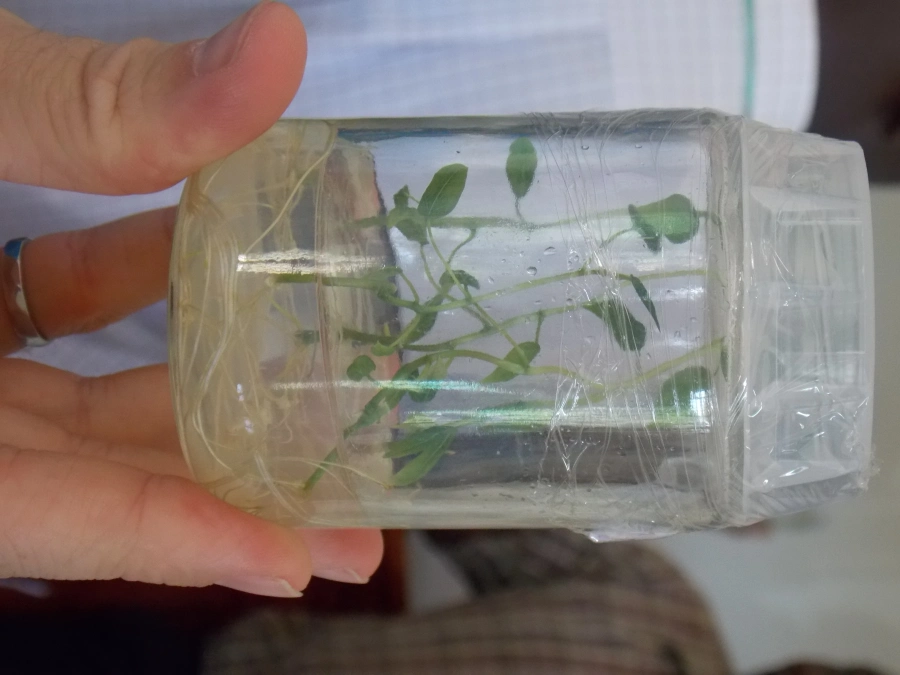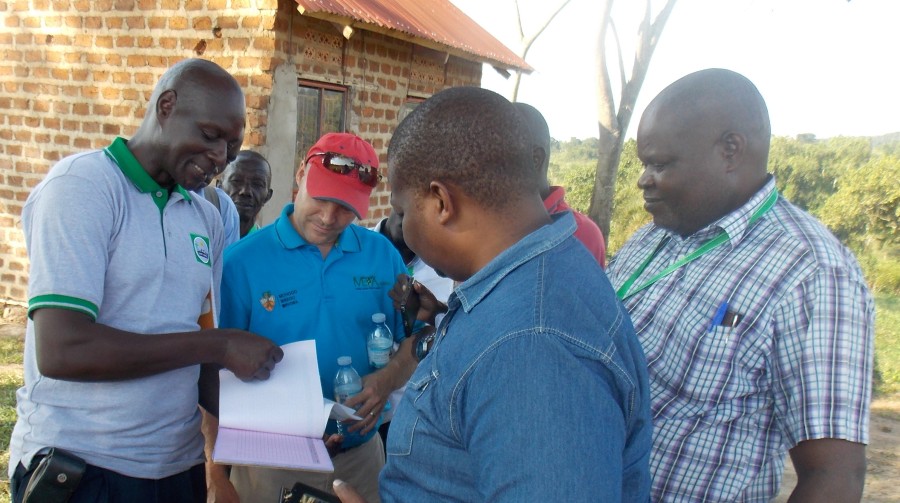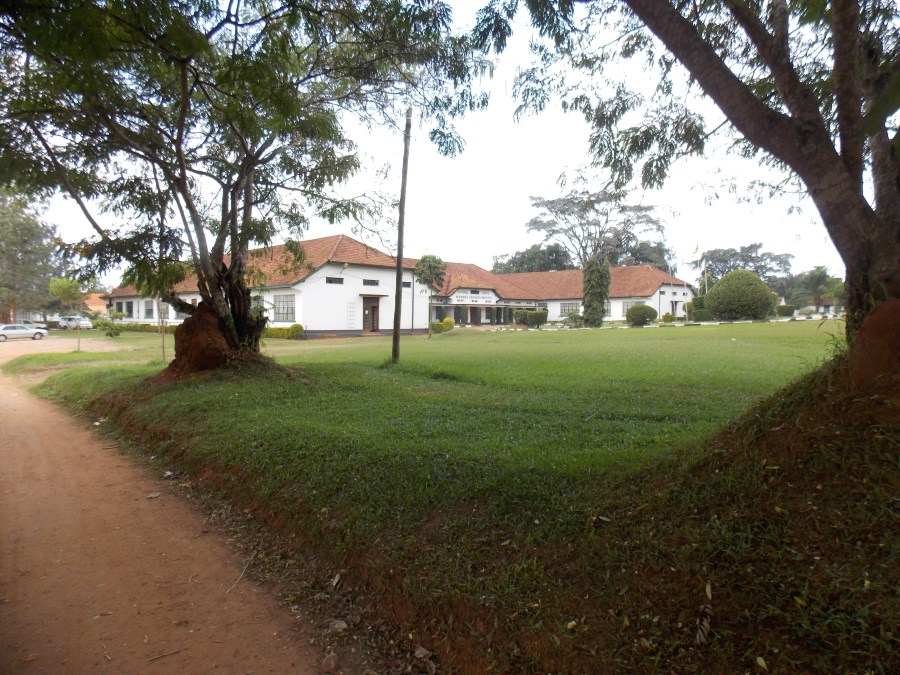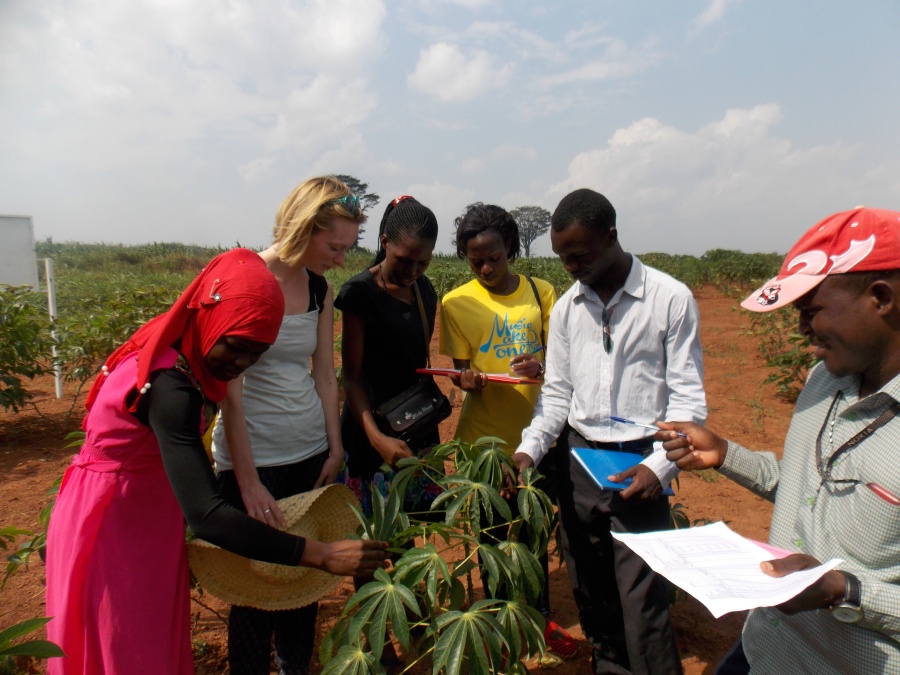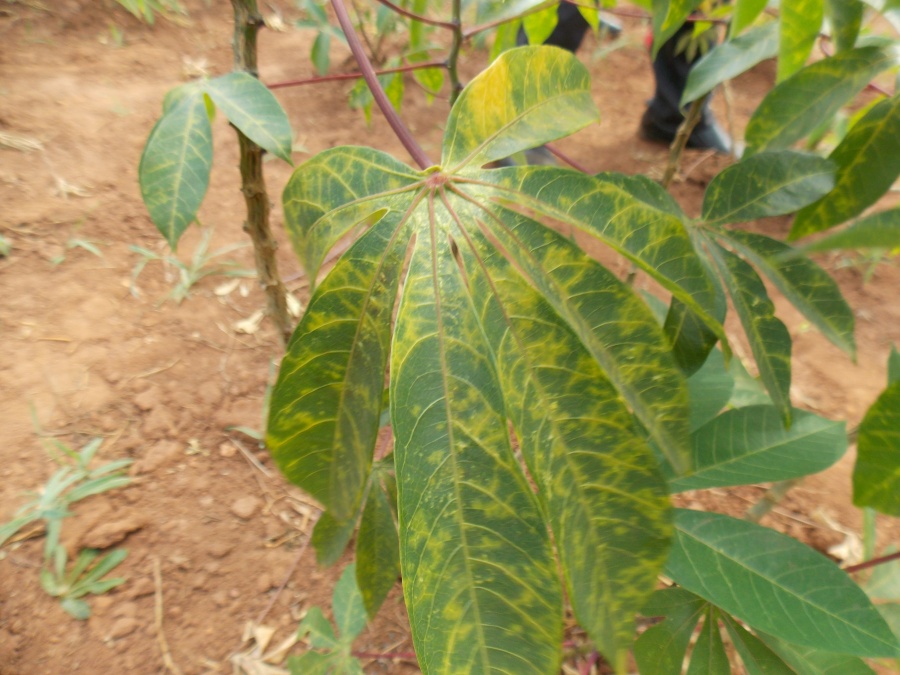
Dr Andy Wakefield is a Senior Lecturer in the School of Biological Sciences. He’s been working closely with the Education for Sustainable Development (ESD) team on undergraduate biology curriculum at the University of Bristol. Here he outlines the benefits this has brought to the department.
Working with the ESD team has been valuable to the School of Biological Sciences. With their support we have made lots of progress to include sustainable development content in our undergraduate teaching. Their curriculum review process helped us take a step back, providing a broader sense of where the effort is being invested and where we may be missing out. Having recurring meetings also serves as a nice nudge. We now regularly revise the good ideas we have and what we are planning to do, as well as celebrate the positive things we’ve already done.
One major advantage of the ESD team is the ESD Network of events we can attend. In Summer 2023 Professor Steve Simpson and I attended their Climate Fresk event, a 3-hour Climate Education workshop using facts from the IPCC Reports. This was my first time trying one of these workshops. At the end of the workshop, we both made pledges to include the Fresk in our curriculum, which we have now done.
What encouraged me to take that step was the active nature of the session. I already had a lecture within my Ecology and Conservation unit that related to climate change and its causes and consequences for biodiversity and people. The Fresk uses the same concepts but presented them in a more active and immersive way than a traditional one-sided didactic lecture. Students now work collaboratively to critically discuss and map the causes and consequences of climate change and they seem to have a better appreciation for feedback loops; probably due to the task of drawing arrows to link the various cards within the game. The format is ready to go and very easy to facilitate. This is a much better format that fits with my pedagogy of active learning.
We integrated the workshop in two stages. First, we embedded facilitator training within our Science Communication for a Better Planet MSc programme. These 17 Masters students then co-facilitated a large Fresk for 140 second-year Ecology and Conservation students.
The Masters students reacted very well to our integration of this workshop. Their understanding of climate change has evolved, and they’ve improved their communication skills, particularly how to facilitate rather than teach as well as how to tailor their communication to specific audiences.
As for the undergraduates who participate, they voluntarily stayed for the entire workshop which is always a good sign. However, some students were upset by the end of the game having discussed the various negative impacts upon people and planet. I use this a springboard for discussing eco-emotions, providing a good opportunity to talk about climate anxiety and eco-grief, but also eco-hope using case studies that show positive action/trajectories. Students have reacted very well overall, but it’s not without its challenges for staff/facilitators.
In the past, this content was presented as a lecture or a set of online resources. These were solid but those formats missed opportunities for dialogue, student pledges and scope for motivation via collective action. Having the active, in-person workshop is a better format for engaging with climate science.
As part of the Masters students’ assessments, we also partnered with the Bristol Cathedral Choir School with whom our MSc students t co-facilitated Fresks to pupils in years 7, 8 and 9, reaching over 350 students. The school was very happy and have since shared with us that many of the parents had made positive comments about the education provision.
This year, we are repeating these activities. Our Masters students have already facilitated a Fresk for undergraduate students in Week 14. During National Science Week, we also facilitated another (junior) Fresk at the Cathedral Choir school for another 150 students. We plan to continue this for as long as funding is available for training our MSc students. Some students from previous cohorts have even facilitated their own Fresks outside of the university for local charities.
The ESD team supported us in integrating Climate Fresks by helping us to arrange training for our students, ensuring we had the right contacts, and providing aftercare support and facilitator resources. They have a Teams group for facilitators and can help with resources and guidance for setting up your own events and training.
In future, we are also considering integrating carbon literacy training (led by Lucy Westover in the Medical School), which could help students gain sustainability-related jobs as well as challenge the assumption that academics in our School understand climate science.
——————————
This blog is written by Dr Andy Wakefield and edited by Josie Maskell.
Find out more about Education for Sustainable Development at the University of Bristol.



